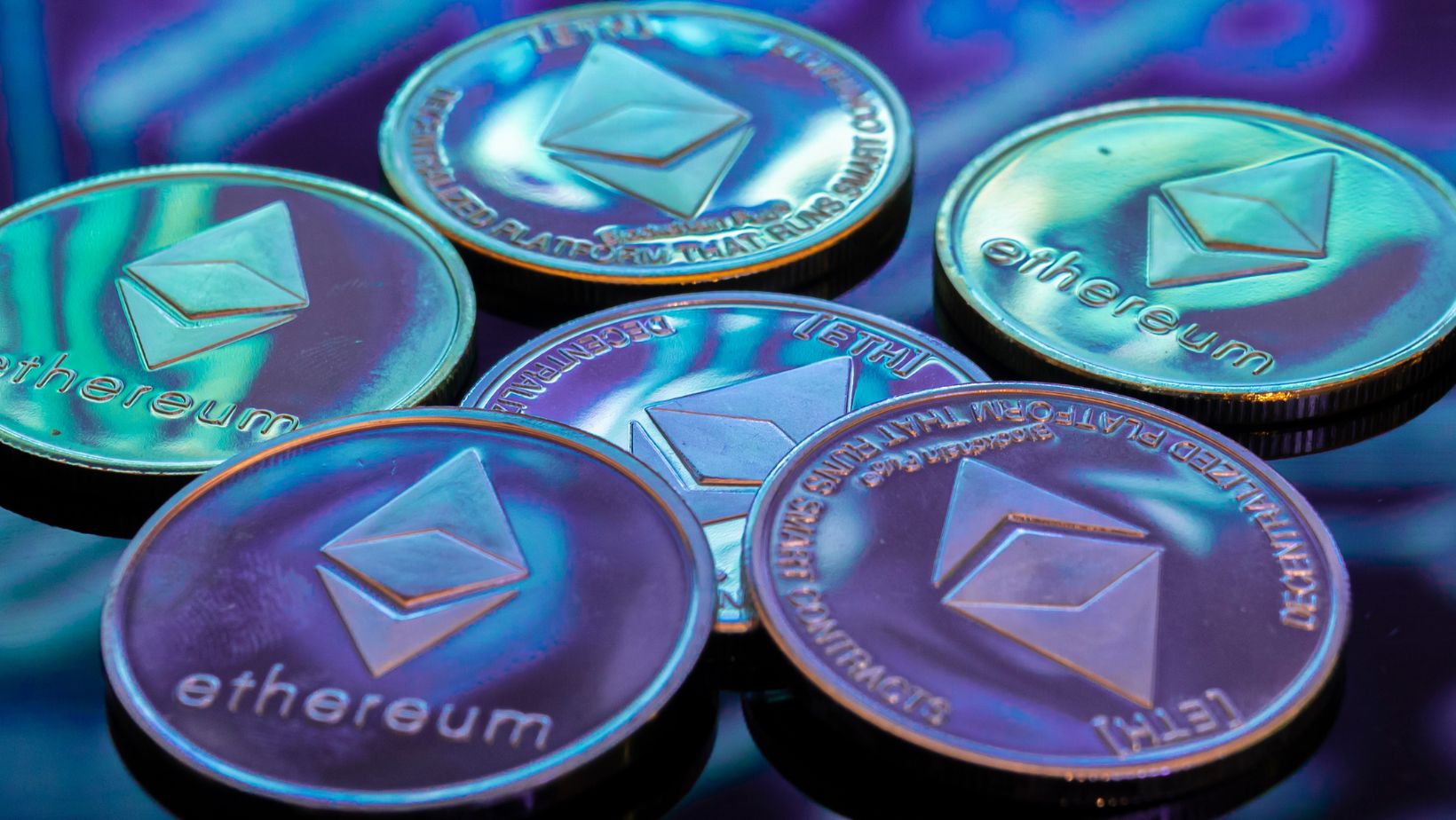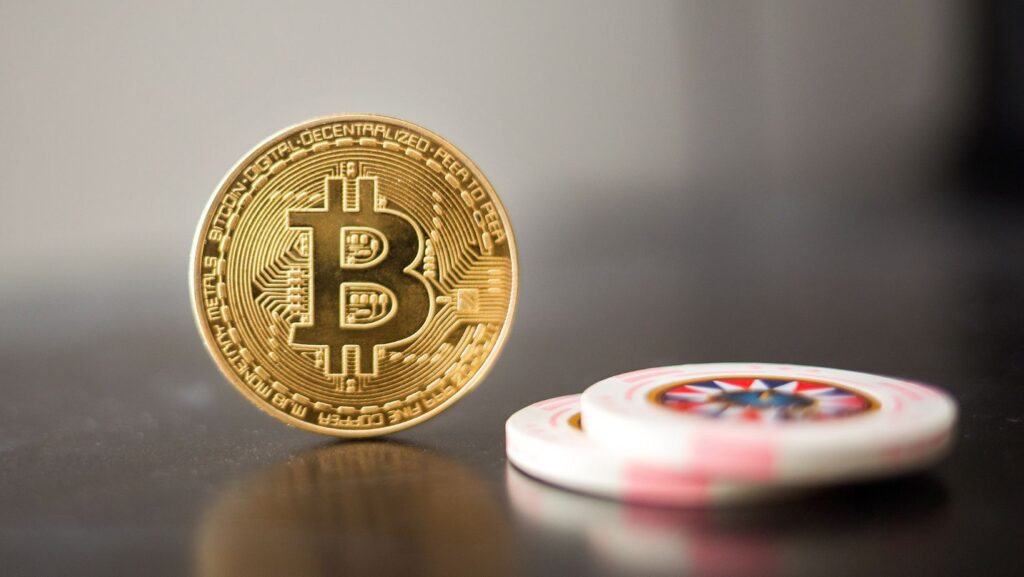TRON blockchain is shaking up the digital world with its fast, low-cost, and decentralized solutions. But what sets it apart from the crowd? From boosting peer-to-peer interactions to supporting high-volume transactions, TRON is designed for those who want more control and efficiency in the digital space. Let’s dive into the key features that make TRON a standout in the blockchain landscape. Explore the unique aspects of the TRON blockchain by connecting with educational experts through btcrevolution.io/.
Decentralization at Scale: How TRON Enhances Peer-to-Peer Interactions
Decentralization is at the heart of what makes blockchain technology so groundbreaking, and TRON takes this concept to the next level. By eliminating middlemen, TRON allows users to connect directly with one another. Imagine selling a piece of digital art directly to a buyer without paying a commission to a third party—TRON makes that possible.
The network’s design ensures that data is not stored in a single location. Instead, it spreads across multiple nodes, meaning no single entity controls the entire network. This setup not only improves security but also empowers users by giving them greater control over their own data.
Think of it like a farmer’s market. Instead of going to a big supermarket, you buy fresh produce directly from the person who grew it. The same goes for TRON. It allows creators and consumers to engage directly, bypassing the ‘middlemen’ who often charge high fees or impose restrictions.
And this isn’t just theoretical. Real-world applications like BitTorrent, a file-sharing service integrated with TRON, show how effective this can be. People share files without relying on a central server, making the process faster and more secure. So, if you’re tired of corporate control and looking for more autonomy, TRON’s decentralized model offers a refreshing change.
High Throughput and Scalability: TRON’s Advantage in Handling Large Volumes of Transactions
When we talk about blockchain, one major concern always comes up—scalability. Many blockchain networks struggle to handle a large number of transactions, causing delays and higher costs.
TRON steps in here as a bit of a superhero. It’s designed to process a massive number of transactions per second (TPS). You know how frustrating it is when you’re stuck in traffic and can’t move an inch?
That’s what happens when a blockchain network is congested. TRON, however, is like having a dedicated lane that lets you zip right through. This ability to manage high throughput without breaking a sweat makes TRON particularly appealing for businesses and developers looking to build apps on the blockchain.

Take, for example, gaming apps where thousands of transactions need to happen every minute—buying in-game assets, transferring rewards, etc. TRON’s high throughput means these apps can function smoothly without any hiccups. And it’s not just about speed; it’s about being prepared for the future.
As blockchain technology continues to evolve and attract more users, networks will need to keep up with the growing demand. With TRON, scalability isn’t an afterthought; it’s built into the core. This proactive approach ensures that as more people hop on the blockchain bandwagon, TRON is ready to handle the load.
Cost-Efficiency and Low Transaction Fees: A Game-Changer for Microtransactions
We all hate hidden fees, right? Whether it’s that extra charge on a concert ticket or an unexpected fee when transferring money, they can be a real pain.
TRON knows this too well and aims to minimize those costs, especially for smaller transactions. Traditional financial systems can be pretty unforgiving when it comes to microtransactions.
A small fee might not seem like much, but it can add up quickly if you’re a developer or someone who makes frequent transactions. TRON’s low fees make it a great choice for those who want to save money on every transaction.

Think about tipping a content creator online. In many systems, the fees could eat up a big portion of what you intended to give. With TRON, it’s like having a coupon for every transaction—more of your money goes to the person you want to support, not to some third-party service.
This model is particularly beneficial for countries where banking infrastructure is less developed, offering an affordable and accessible way to engage in digital economies. Plus, developers who are launching new apps can leverage TRON’s cost efficiency to attract more users who are tired of paying high fees elsewhere.
So, if you want to keep more of your money in your pocket, TRON’s low-cost transactions are a big win.
Conclusion
TRON isn’t just another blockchain—it’s a platform built for speed, affordability, and decentralized power. With its unique features, like high throughput and low fees, it’s carving out a niche for itself in the digital world. As blockchain technology evolves, TRON is set to play a key role, making it a compelling choice for innovators and users alike. Ready to explore the possibilities?



